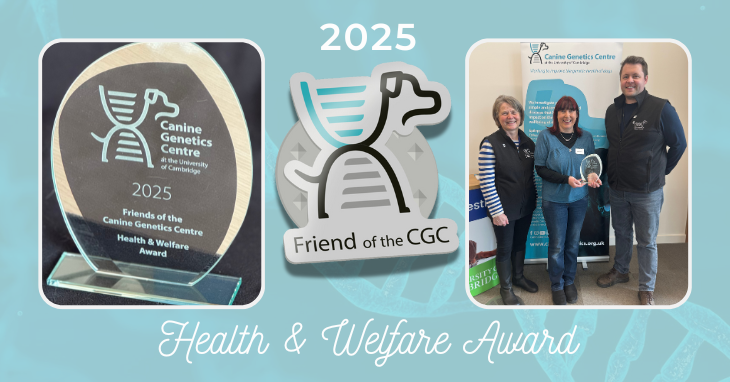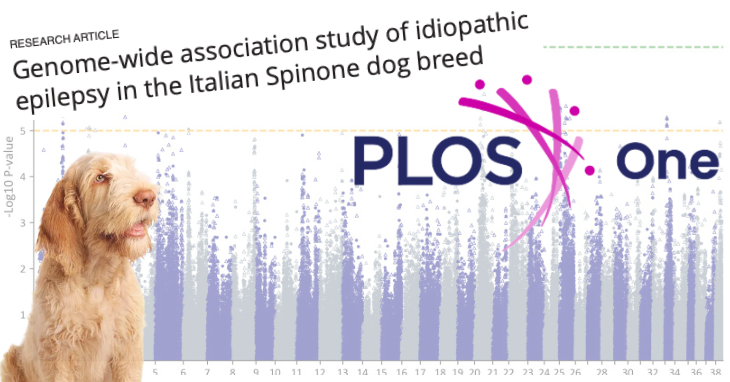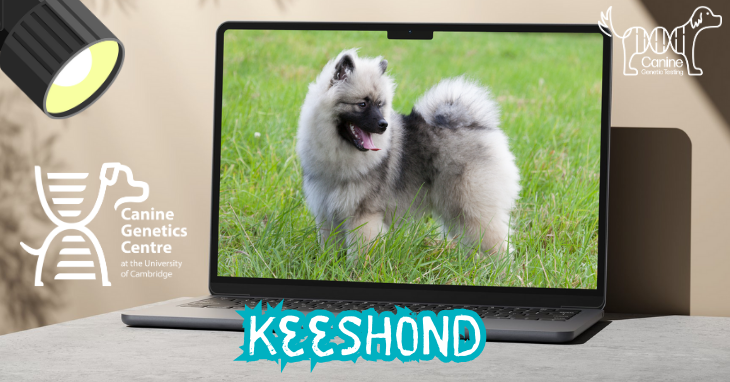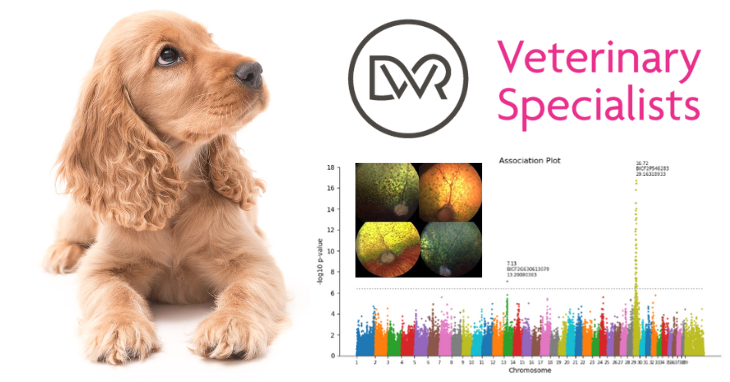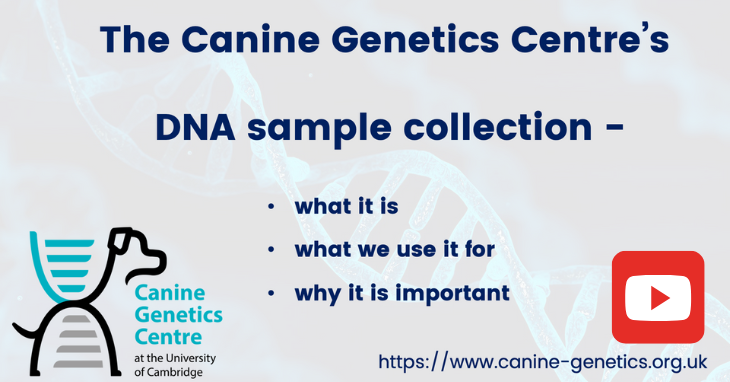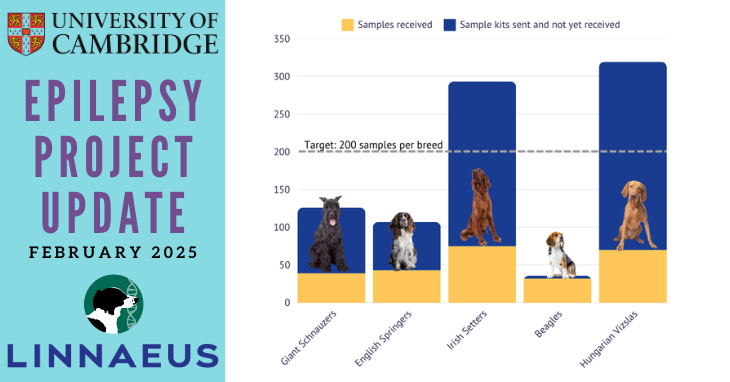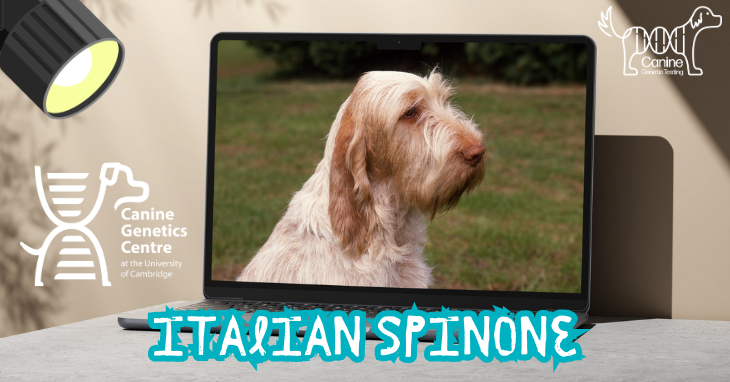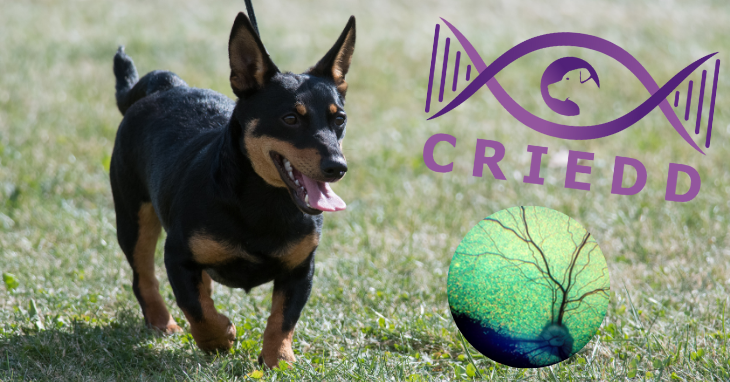
In 2010 we published our findings from a collaborative research project with our colleagues at the University of Missouri, into primary lens luxation (PLL) in Lancashire Heelers, Miniature Bull and Jack Russell Terriers. The causative variant for the condition was found to be a single nucleotide variant (SNV) in the ADAMTS17 gene. Further research found the variant to segregate in a number of additional dog breeds. Continue reading
